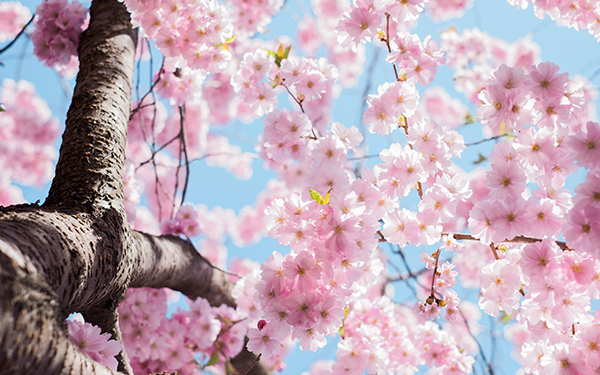News And Advice From The Leading Thousand Oaks Tree Trimming Company
We officially entered spring last week, and we flip the calendar to April on Friday. That means all of our trees and landscaping are in full bloom, right? Well, not exactly. You may have noticed that some of your trees are not yet growing leaves. Which leads to the next question — What’s wrong with my tree!

Odds are that there is nothing wrong with your tree. There are two very common reasons a tree might not yet be fully springing back to bloom.
Some Trees Simply Bloom Late
First off, your tree might not be blooming for the simple fact that some species always bloom late. Cherry trees, for example, can bloom in February and oak trees can bloom as late as May in Southern California. And in another spectacular example, evergreen pear trees routinely give us a blast of white blossoms in January.
Weather is another factor affecting the timing of trees blooming. An early bout of spring weather can inspire trees to bloom. This year, the weather has been erratic, with a blast of summer-like weather followed by a few weeks of cool weather. No wonder our trees are a bit confused.
As a rule of thumb, don’t worry about your trees if they’re not blooming until May. To ease your mind, check out the tree buds. As long as they’re green on the inside, they’re alive and well — they’re just waiting for Mother Nature’s final cue to wake up.
Fungus Can Be A Problem
A few years ago we had an unseasonably cool and wet April, and our local Sycamore trees bore the brunt of the unusual weather. Many of them had a fungus and did not fully bloom in good health until mid-summer. Fungal diseases sap a tree of its vigor to grow, impeding its ability to grow leaves and make the necessary food for optimal tree health. With sycamores, the problem is often a fungus called Anthracnose. Although the fungus itself rarely kills a tree, the real danger is that it weakens the tree enough to make it susceptible to other diseases or pests.
If you have a sycamore that you want to protect, then some preventive care is a good idea. In that case, you want to act early — the disease can progress can be developing for weeks before you see any indication. Fortunately, preventive care is straightforward: use a preventive fungicide. If you’re not sure if your sycamore has a problem, or if you have another species that you’re worried about, give us a call. We can inspect the tree and try to catch problems before they’re serious. In addition, a spring treatment for catching fungi is typically effective for a full year.
Other Protective Measures
There are a few other good tree maintenance habits that will help your trees stay healthy. Try the following:

